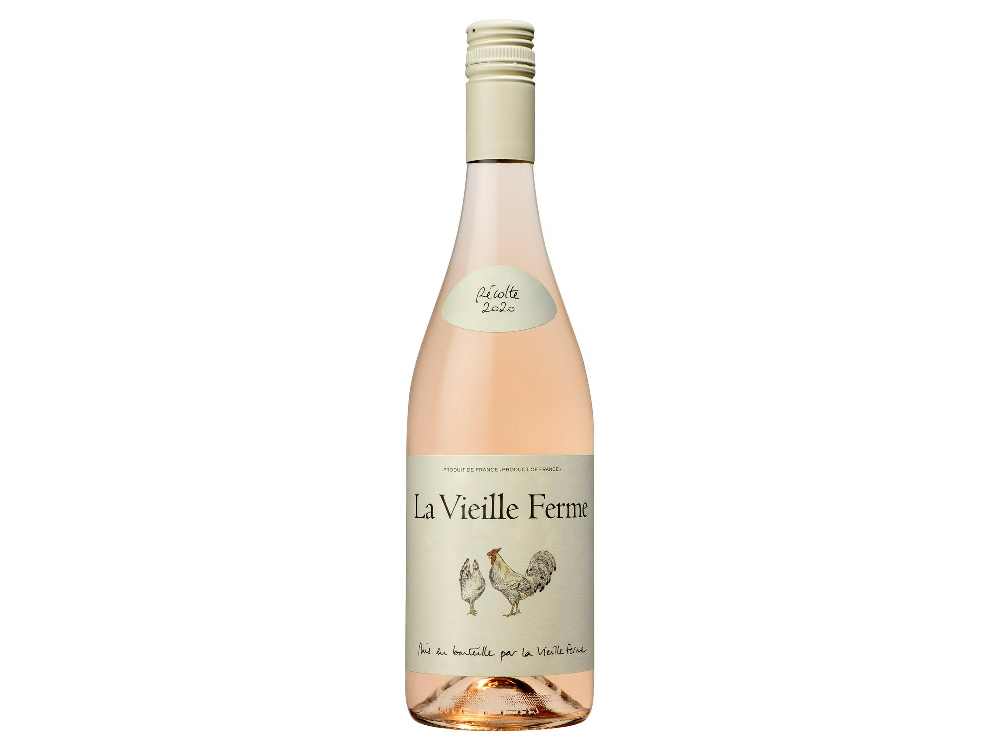
The latest Drinks Retailing Trends Report offers a comprehensive snapshot of the UK wine sector, with a particular focus on the top-selling wine brands and emerging trends.
Among still wines, Yellow Tail now holds the top position with sales of £222.8 million, marking a 9.8% increase over the previous year. It overtakes Hardys, which experienced a steep decline of 18.1% to £173.8 million. Barefoot and Casillero del Diablo follow, with modest gains of 1.5% and 7.7% respectively. However, the most significant shift is the dramatic rise of La Vieille Ferme, also known as “The Chicken Wine”, which surged by 49.4% to £110.8 million. This wine, propelled by media buzz and a favourable comparison to Whispering Angel at a more affordable price, is the fastest-growing still wine in the report.
Other strong performers include Villa Maria, which grew 22.8% to £99.2 million, and Trivento, up 4.3%. In contrast, brands such as McGuigan, 19 Crimes and Campo Viejo all saw slight declines or remained relatively flat.
In sparkling wine, excluding Champagne, Freixenet remains firmly on top with sales of £78.5 million, increasing 5.1% year-on-year. Kylie Minogue’s sparkling range stands out with impressive growth of 24.4%, now valued at £16.5 million. Corte Molino also made notable gains, up 23.3%. Meanwhile, several others, including I Heart, Martini and Valdo, saw declines.
From an independent retail perspective, France and Italy remain the dominant origins for wine sales. However, Greece, Portugal and England have emerged as countries showing growing interest among consumers. Eastern European wines, especially from Georgia and Romania are gaining traction, particularly those using traditional winemaking methods like qvevri ageing.
There is a strong trend towards fruit-forward reds and dry whites, with Sauvignon Blanc and Chardonnay continuing to lead in popularity. Pinot Noir and Malbec also remain consistently mentioned. For future growth, varietals such as Syrah, Assyrtiko, Albariño, Riesling and Primitivo are all tipped for rising interest.
Lower-alcohol wines are becoming more attractive, driven by duty changes. Retailers report increased consumer demand for wines at or below 12% abv, as they are often more competitively priced. Sparkling non-alcoholic wines are also a growing niche, supported by improved production methods.













